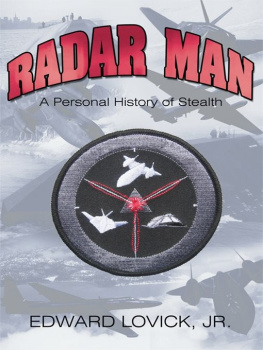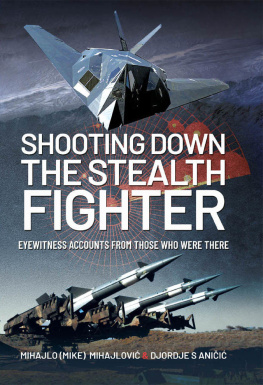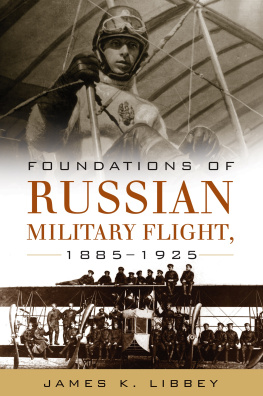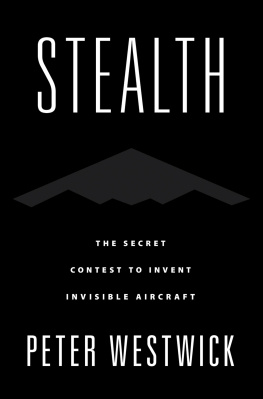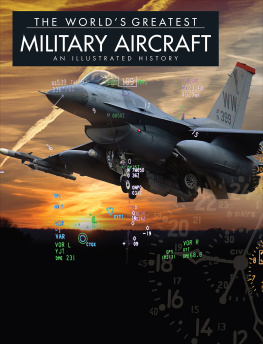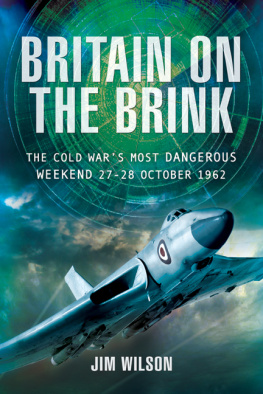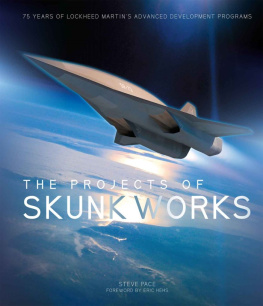Radar Man
A Personal History of Stealth
Edward Lovick, Jr.
iUniverse, Inc.
New York Bloomington
Radar Man
A Personal History of Stealth
Copyright 2010 Edward Lovick, Jr.
All rights reserved. No part of this book may be used or reproduced by any means, graphic, electronic, or mechanical, including photocopying, recording, taping or by any information storage retrieval system without the written permission of the publisher except in the case of brief quotations embodied in critical articles and reviews.
The purpose of this book is to entertain and educate. The author and publisher shall have neither liability nor responsibility to any person or entity with respect to any loss or damages caused, or alleged to have been caused, directly or indirectly, by the information contained in this book. If you do not wish to be bound by the above, you may return this book for a refund according to the return policies of the establishment or party/parties from which you purchased the book.
iUniverse books may be ordered through booksellers or by contacting:
iUniverse
1663 Liberty Drive
Bloomington, IN 47403
www.iuniverse.com
1-800-Authors (1-800-288-4677)
Because of the dynamic nature of the Internet, any Web addresses or links contained in this book may have changed since publication and may no longer be valid. The views expressed in this work are solely those of the author and do not necessarily reflect the views of the publisher, and the publisher hereby disclaims any responsibility for them.
ISBN: 978-1-4502-4802-0 (pbk)
ISBN: 978-1-4502-4804-4 (cloth)
ISBN: 978-1-4502-4803-7 (ebk)
Printed in the United States of America
iUniverse rev. date: 10/5/10
Contents
Dedication
I wholeheartedly dedicate this book to my best friend, Sherre, who encouraged me, supported me, and advised me. She did a great amount of work for me. She did not want to be known as my co-author, but I think of her as that, and much more. She is very much more. We are happily married.
While experiencing a sense of euphoria that lasted until after I began writing, I could not resist the temptation to write a bit of deathless poetry, so here it is.
There are some books beside my bed
Books that I have not yet read
Some days or nights Ill read them through
And then decide what next to do!
There is a book within my head
A book not ready to be read
Because its not quite fully writ
My love and I will finish it.
And let the entire world behold
True tales of actions somewhat bold
Because we had to break the mold
Stories that are growing old.
When weve finished what weve begun
Well hope no damage has been done
No parts or pieces gone astray
And that the smoke will clear away!
Then she and I may gladly say
We had great fun along the way!
Preface
The year 1954 was a high point for the United States during the Cold War era. The United States and the Soviet Union teetered on the brink of nuclear devastation. Each nation fearfully suspected that the other might be plotting a military first strike. Mutually Assured Destruction, MAD, seemed to be on everyones mind.
Americas hope for national security relied solely upon aerial reconnaissance, the ability to observe and gather reliable information about an enemys strategic and tactical abilities, and from this attempt to predict his most probable actions. This was Americas only plausible course of action for preventing nuclear war!
The need for an aircraft that could fly over Soviet territory and return with reliable information was starkly critical. The recently formed Central Intelligence Agency (the CIA) was given the task of obtaining the needed intelligence as quickly as possible, but no aircraft that could perform the required flights were available. A new one had to be designed and built immediately.
Dr. Richard M. Bissell, Jr., the CIA Directors choice to acquire a new aircraft, and Lockheeds most famous aircraft designer, Clarence Leonard Kelly Johnson, quickly began the design and construction of the U-2 aircraft that was expected to accomplish the needed reconnaissance.
Despite the opinions of the CIAs consultants that there was little chance that the new aircraft would be detected, the first U-2 aircraft was flown near Soviet Union borders in 1956. It immediately was detected and followed by Soviet radars, causing dismay and alarm.
President Eisenhower bravely but cautiously allowed the CIA to conduct a few flights over Soviet territory but was forced to limit them severely, requiring his personal approval for every flight.
Dr. Bissell and Kelly Johnson, out of desperation to buy time, allowed an attempt by CIA advisors to reduce the U-2 probability of detection, but to no avail.
That is where I came in.
Kelly Johnson invited me to join his Skunk Works in 1957. Luther Duncan MacDonald, Kellys manager in charge of stealth technology, who knew of my extensive antenna and radar experience, recommended me. My first assignment was to help the CIA try to make the U-2 aircraft sufficiently stealthy to fly over Soviet Union territory, photograph anything of military interest, and fly out undetected.
Immediately after my work on the U-2, I began work on what became the A-12 triple-sonic reconnaissance aircraft that evolved into the YF-12, the most lethal interceptor aircraft ever built, and finally, the SR-71 Blackbird, a very successful triple-sonic reconnaissance aircraft. I also worked on the D-21 triple-sonic drone that was the first low radar cross section programmed reconnaissance vehicle. I contributed to the design and testing of the F-117 Nighthawk, the most nearly undetectable aircraft ever built during my aerospace career. Before retiring in 1990, I participated in numerous research projects, including the possibility of an analog stealthy submarine boat.
I enjoyed very much the time I worked closely with Kelly. He spent most of his time working at Lockheed in Burbank, leading the designers of more than forty outstanding aircraft. His P-38 Lightning fighter was a vital contribution to our winning World War II.
During the Korean War, his P-80 jet-propelled fighter was an important part of our arsenal.
Later, during the Cold War, he was the creator of the U-2, the A-12, YF-12, SR-71, and the D-21 drone, all of which were extremely important to our national security. He was one of the best, if not the best, aircraft designers who ever lived.
Although it was not his intent, during all those forty-two years he labored in Burbank, his work resulted in great benefit to the City of Burbank in terms of jobs and income to the city.
I think it ironic that Burbank is the only city in the world whose airport is named after a clown!
There have been several books written about Clarence Leonard Kelly Johnson and his Lockheed Advanced Development Projects, the Skunk Works, but I do not know of any that tell the stories of some of the people who made significant contributions to the great success of the Skunk Works, and who never received well-deserved credit. Possibly that was because the Skunk Works grew so rapidly that many of us were lost in the crowd.
When I began, I intended to write mostly about a few people with whom I worked or consulted for or with. Part of my plan was to describe events in my life that I believe had relevance to my becoming an engineer and in my evolving into a physicist.
Also, I hoped to tell young people, especially young ladies, that science and engineering can be fun. Certainly, being a member of the Skunk Works was for me.
Since I have few personal records and some of the published material may be colored by ego, at first I decided to restrict my writings mainly to that which I could remember. I realized that I would not be perfectly accurate in my writing, so I decided to allow several opportunities for corrections. Have fun finding them!
Next page
